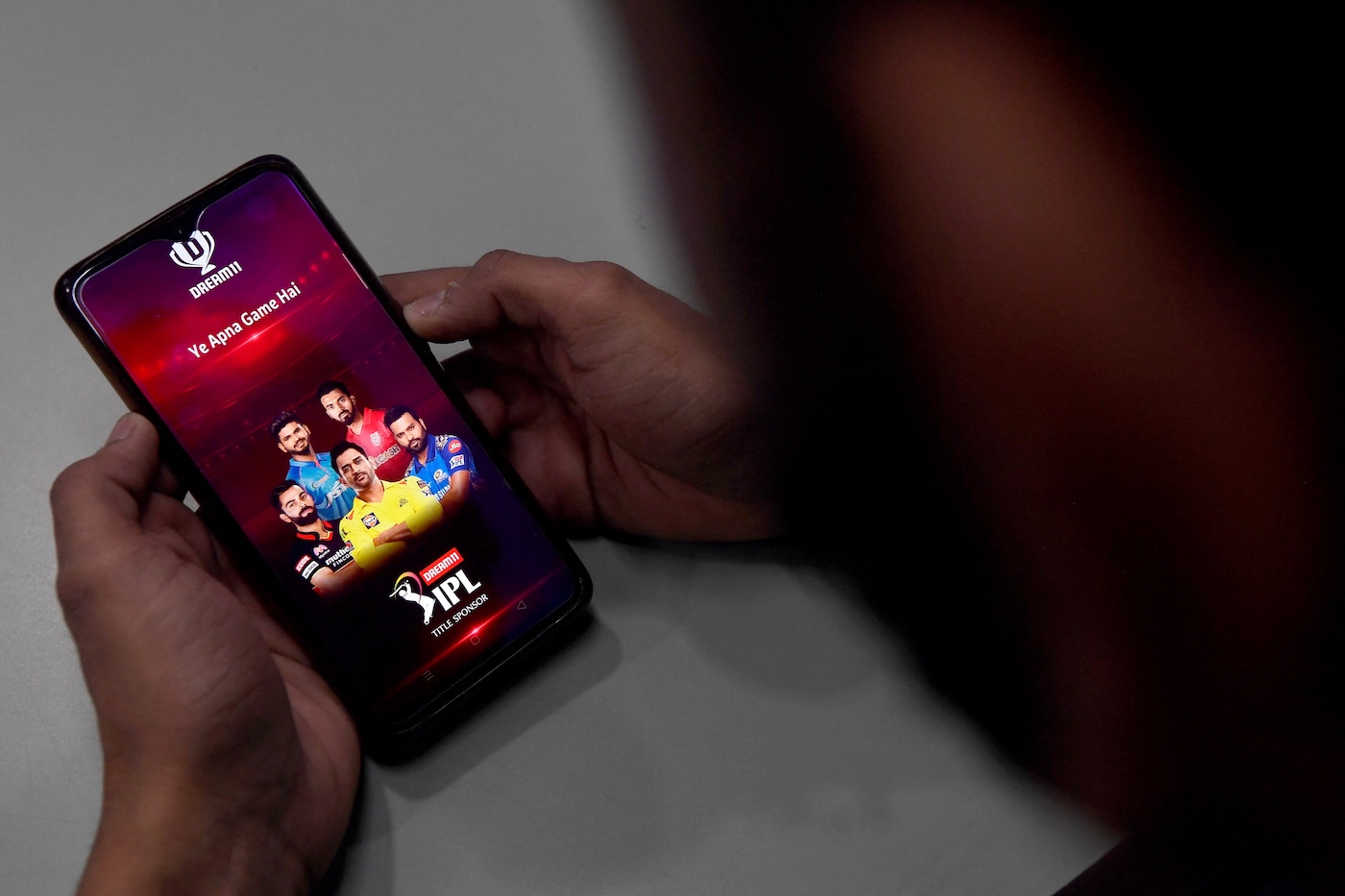What Is a Media Calendar and Why Do You Need It?

A media calendar is an essential tool for organizing and scheduling your content across various platforms. It helps guarantee your messaging is consistent and aligns with important dates. By planning your posts in advance, you can avoid last-minute rushes and improve audience engagement. Comprehending how to create and utilize a media calendar can streamline your content strategy. Next, let’s explore the key benefits that make this tool indispensable for effective marketing.
Key Takeaways

- A media calendar organizes your content strategy by scheduling posts across various platforms, ensuring consistency in messaging and branding.
- It incorporates social media holidays and key events, aligning content with audience engagement opportunities for maximum impact.
- Using a media calendar improves team collaboration, streamlining communication and ensuring all members contribute to the content planning process.
- It allows for better resource allocation, enabling you to plan content in advance and avoid last-minute scrambles.
- A media calendar aids in measuring performance by tracking engagement metrics and adjusting strategies based on audience feedback and trends.
Understanding a Media Calendar

A media calendar is an essential tool for organizing your content strategy, especially if you want to guarantee your messaging remains timely and consistent. It outlines your schedule for publishing content across various platforms, making it easier to visualize your distribution.
By incorporating social media holidays and key events into your social media calendar 2025, you can align your posts effectively. This media calendar streamlines the planning process, allowing your team to allocate resources efficiently and avoid last-minute content creation.
It improves collaboration by providing visibility into upcoming content, ensuring everyone stays informed. Regularly using a media calendar helps maintain brand consistency, so your messaging remains coherent and reflects your brand’s voice across all channels.
Key Benefits of Using a Media Calendar

Using a media calendar can greatly improve your content strategy by streamlining the content creation process. It allows you to organize and schedule posts in advance, minimizing the last-minute scrambling that often leads to missed deadlines.
This tool promotes collaboration among team members, providing a centralized place for everyone to access and contribute to content plans, ensuring consistency in messaging across channels. Furthermore, aligning content with key dates and events can greatly boost audience engagement.
Types of Media Calendars

When you explore types of media calendars, you’ll find various formats that cater to different needs.
Digital calendar formats, for instance, streamline scheduling and can sync across devices, making it easier to stay organized.
Performance tracking calendars help you monitor the effectiveness of your content, whereas content planning templates provide a structured way to outline your ideas and guarantee all bases are covered.
Digital Calendar Formats
Digital media calendars come in several formats, each intended to improve your content planning process.
Spreadsheets, like Excel or Google Sheets, offer customizable layouts for tracking content schedules, making them a cost-effective choice for small businesses.
Project management tools such as Asana or Trello combine task management with calendar features, enabling team collaboration as they visualize deadlines and responsibilities.
Dedicated platforms like Hootsuite and Buffer provide unified digital calendars that streamline content scheduling across multiple social media networks, enhancing organization.
Furthermore, best time to post calendars identify ideal posting times based on audience engagement patterns, ensuring your content reaches the target audience when they’re most active.
Choose the format that best suits your team’s needs for effective content management.
Performance Tracking Calendars
Performance tracking calendars serve as essential tools for marketers looking to monitor and improve the effectiveness of their media campaigns.
These calendars help you analyze performance across various channels by integrating key performance indicators (KPIs) like engagement rates, impressions, clicks, and conversions. By utilizing a performance tracking calendar, you can identify trends in audience behavior and content effectiveness, enabling timely adjustments to your strategies.
They likewise facilitate comparisons between past performance and current metrics, allowing you to benchmark results and optimize your content strategies based on real-time data.
Furthermore, performance tracking calendars streamline reporting processes by consolidating data, making it easier for your team to share insights and collaborate on future campaigns effectively.
Content Planning Templates
Content planning templates play a crucial role in organizing and executing your media strategy effectively.
These templates come in various formats, including daily, weekly, and monthly schedules, allowing you to visualize your content across platforms.
Consider using the following types to improve your strategy:
- Customized social media calendars to target specific audiences
- Best time to post calendars to maximize engagement
- Long-term planning templates for aligning with key campaigns
- Short-term templates for immediate engagement tactics
- Cross-network visibility tools to maintain brand consistency
How to Create a Media Calendar

To create a media calendar, you’ll want to start by defining your goals, as this will guide your content strategy.
Planning your content in advance is vital, so map out what you’ll publish and when, ensuring everything aligns with your objectives.
Finally, make sure to track performance metrics to assess how well your content is performing and adjust your strategy accordingly.
Define Your Goals
Establishing clear goals is crucial when you’re creating a media calendar, as it guarantees your content aligns with your business objectives.
To effectively plan your media calendar, consider the following steps:
- Use the SMART criteria: specific, measurable, achievable, relevant, and time-bound goals.
- Integrate key performance indicators (KPIs) to assess audience engagement, reach, and conversion rates.
- Revisit and adjust your goals periodically to stay aligned with market trends and audience preferences.
- Engage team members in the goal-setting process to improve collaboration and commitment.
- Confirm each piece of content serves a specific purpose, contributing to your overall strategy.
Plan Content in Advance
When you plan content in advance, it’s easier to maintain a consistent posting schedule that aligns with your marketing goals.
Start by auditing your existing content to identify successful themes and engagement metrics. This will inform your future posts.
Utilize a template to organize your media calendar, including content categories, posting dates, platforms, and performance goals for each piece.
Set both short-term and long-term goals to guide your content creation process, ensuring alignment with broader business objectives and seasonal trends.
Regularly review and adjust your media calendar based on audience engagement data and performance analytics.
This practice helps you stay relevant and optimize the impact of your content, ultimately enhancing your overall content strategy effectiveness.
Track Performance Metrics
Creating a media calendar that effectively tracks performance metrics is essential for optimizing your content strategy. By integrating analytics tools into your calendar, you can monitor key performance indicators (KPIs) that drive your success.
Here’s how to improve your tracking process:
- Schedule content across platforms for timely engagement
- Use tools like Sprout Social to gather data on engagement rates
- Regularly review metrics to make data-driven decisions
- Identify high-performing content types and themes
- Set specific goals to align your content with measurable outcomes
These steps streamline your analysis process, allowing you to adjust posting schedules and content strategies based on audience trends.
Implementing these practices guarantees continuous improvement and effective resource allocation in your marketing efforts.
Steps for Conducting a Media Audit

To effectively conduct a media audit, you should start by evaluating your current media channels and analyzing how well your content performs.
Analyze metrics like engagement rates, reach, impressions, and conversion rates to understand how different media types resonate with your audience.
Next, compare your performance against competitors to identify industry benchmarks and opportunities for improvement.
Gathering qualitative feedback is also crucial; use surveys or social listening tools to capture your audience’s preferences and expectations regarding your content.
Finally, make it a habit to regularly review and update your media audit findings. This guarantees you adapt your strategy based on performance trends and evolving audience behaviors, keeping your media approach relevant and effective.
Selecting Content Types and Distribution Channels

Selecting the right content types and distribution channels is a key step in optimizing your media strategy. To engage your audience effectively, consider these crucial factors:
- Match content formats like blog posts, videos, and infographics to your audience’s preferences.
- Choose distribution channels based on where your target audience spends their time, such as Instagram or LinkedIn.
- Use social listening tools to identify trending topics and high-performing content types.
- Maintain a balanced content strategy with promotional, educational, and entertaining elements to keep your audience interested.
- Regularly review analytics on content performance to make necessary adjustments for future campaigns.
Scheduling and Automating Posts

Consistency is crucial in maintaining a strong online presence, and scheduling posts can greatly improve your media strategy. By planning your content in advance, you guarantee consistent delivery, which helps keep your audience engaged. Automation tools like Sprout Social allow you to publish across multiple accounts from one dashboard, enhancing your workflow. Here’s a quick look at how scheduling can benefit you:
| Benefit | Description | Tool Example |
|---|---|---|
| Consistent Delivery | Regular posting keeps your audience engaged | Sprout Social |
| Ideal Timing | Post when your audience is most active | Performance Insights |
| Streamlined Management | Manage multiple accounts efficiently | Buffer |
| Reduced Stress | Avoid last-minute content creation | Hootsuite |
| Quality Focus | Spend time crafting high-quality posts | CoSchedule |
Measuring Performance and Engagement

Measuring performance and engagement is essential for comprehending how your content resonates with your audience. To effectively track your media calendar’s success, focus on these key metrics:
- Engagement rates to gauge audience interaction
- Impressions to understand content visibility
- Clicks to measure interest and action taken
- Conversions to assess the effectiveness of your calls to action
- Audience feedback for insights on preferences
Utilizing analytics tools within your media calendar can help you identify high-performing themes and formats.
Regularly reviewing these metrics allows you to optimize posting schedules and content types, ensuring alignment with your audience’s preferences.
A structured media calendar not only promotes accountability but furthermore supports continuous improvement, keeping your content relevant and impactful over time.
Choosing the Right Media Calendar Tool

How can you choose the right media calendar tool that fits your team’s needs? Start by evaluating your team’s collaboration requirements, as tools like Sprout Social can help streamline communication across multiple platforms.
Consider scheduling options; digital tools such as Hootsuite and Buffer integrate various social media channels, allowing you to manage everything in one place.
If your budget is tight, manual tools like spreadsheets offer customization in addition to being cost-effective. Make sure the tool aligns with your organization’s size and marketing strategy, as scalability is essential for growth.
Frequently Asked Questions

What Is a Media Calendar?
A media calendar‘s a critical tool for organizing your content across various platforms. It lets you schedule posts by date and time, ensuring your messaging is consistent and strategic.
By visualizing content themes and frequencies, you can anticipate key events and campaigns. This tool likewise helps streamline collaboration within your team, keeping everyone aligned on goals and deadlines.
Ultimately, it supports maintaining a steady posting schedule, enhancing audience engagement and brand visibility.
What Is the Main Purpose of the Calendar?
The main purpose of a calendar is to organize and schedule your content effectively. It helps you plan ahead by visualizing when to publish posts, newsletters, or marketing materials.
By setting deadlines, you avoid last-minute rushes and guarantee timely delivery. Furthermore, it encourages collaboration among team members, as everyone can see upcoming content and align their efforts.
Regular updates keep your content relevant, allowing you to adapt based on audience engagement and performance.
What Is a Content Calendar and Why Is It Important?
A content calendar is an essential tool for organizing your content marketing efforts. It helps you plan and schedule content in advance, reducing last-minute stress and ensuring consistency.
By visualizing your publishing timeline, you can align your content with business goals and key events. This strategic approach amplifies audience engagement and allows for effective performance tracking.
Regularly reviewing the calendar helps improve your content strategy, optimizing for better results and accountability within your team.
What Is the Purpose of a Communications Calendar?
A communications calendar helps you organize and schedule all your communication efforts. It guarantees your messaging remains consistent across different channels.
By planning content around key dates and events, you can anticipate your audience’s needs and prepare effectively. This calendar furthermore improves team collaboration, aligning efforts and reducing last-minute content creation.
In addition, it allows you to track performance metrics, enabling data-driven adjustments to refine your communication strategies over time.
Conclusion

In summary, a media calendar is a crucial tool for organizing your content strategy and enhancing audience engagement. By planning and scheduling your posts, you guarantee consistency and align with key events. As you create your media calendar, consider the benefits outlined, choose appropriate content types, and select the right tools for automation. Regularly measure your performance to adapt your strategy effectively. Implementing these steps will streamline your marketing efforts and strengthen your brand presence across various platforms.
Image Via Envato
This article, "What Is a Media Calendar and Why Do You Need It?" was first published on Small Business Trends
What's Your Reaction?
 Like
0
Like
0
 Dislike
0
Dislike
0
 Love
0
Love
0
 Funny
0
Funny
0
 Angry
0
Angry
0
 Sad
0
Sad
0
 Wow
0
Wow
0





























































































